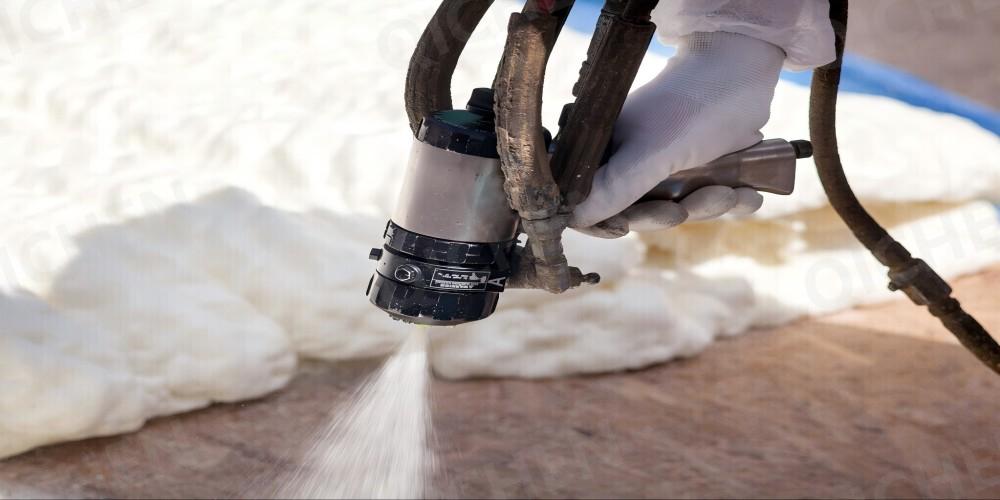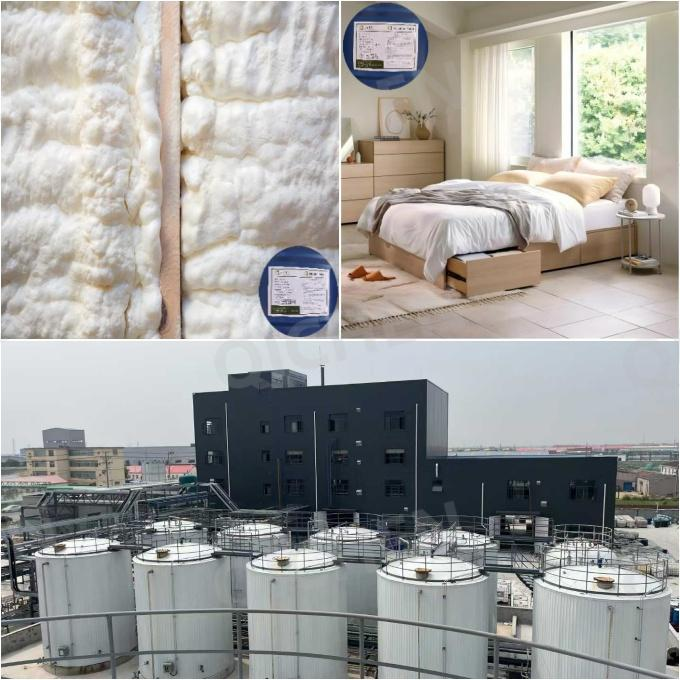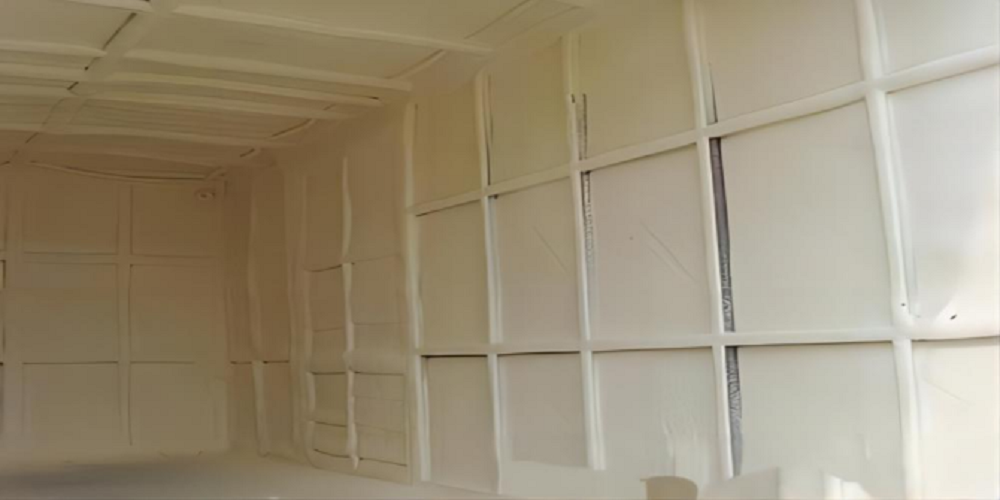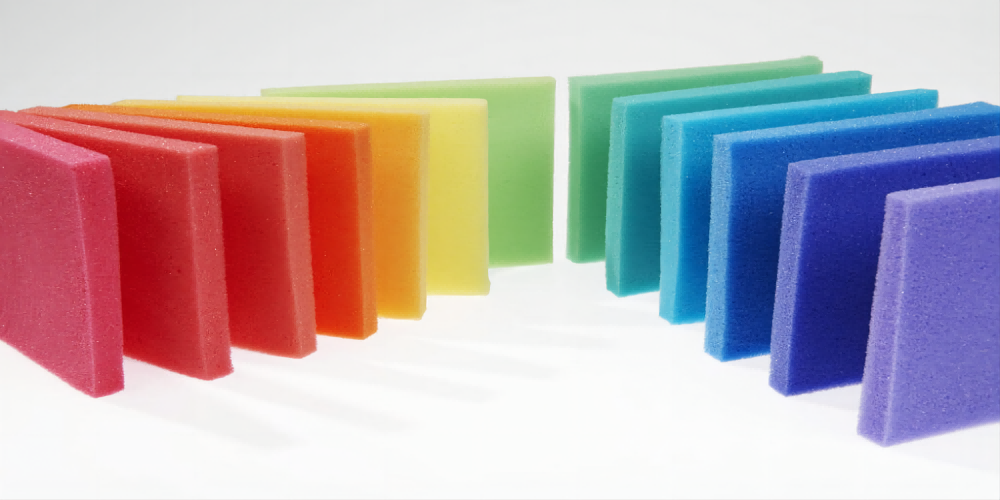
Influence of material temperature and environment temperature in polyurethane foaming
The formation of polyurethane foam is a chemical reaction process, which is controlled by the polymerization reaction and the foaming reaction, and temperature is a very important environmental factor affecting the chemical reaction rate. Therefore, only within a defined temperature range can a reasonable catalyst amount be determined, a suitable formulation and the corresponding process parameters can be determined.
At a relatively normal environment temperature (20~28°C), the temperature of polyurethane raw materials should be controlled at (23±2°C), and it is best to control it within the range of ±1°C. The temperature of polyurethane MDI has a great influence on the foaming process. It will affect the starting rate of the material, the foaming reaction, the reaction rate of gel and the viscosity change of the material, etc.
However, the increase or decrease of the temperature of polyurethane raw materials has different effects on the reaction speed of polyurethane foaming gels. As the temperature increases, the increase in the polymerization reaction rate is much greater than that of the polyurethane foaming reaction rate. Therefore, with the change of raw material temperature, the amount of the two catalysts cannot be reduced or increased by the same multiple.
When the temperature of polyurethane raw materials rises or the temperature is high in summer, the amount of catalyst should be appropriately reduced, so that the foaming can be carried out under relatively mild conditions. At this time, the reduction of stannous octanoate catalyst should be more, and the reduction of amine catalyst should be less.
The temperature of polyurethane raw materials should be appropriately increased, and catalysts can be used to increase the foaming speed, but it should be moderate. If the temperature of the polyurethane raw material is too high, the reaction will be too fast, making the foaming difficult to control, and even the danger of core burning.
In fact, the most suitable temperature range for the process varies greatly from product to product. For example, polyurethane low-density and high-density foams, with and without filler, all have their own best temperature ranges. In order to maintain the stability of production, only within the selected temperature range can the process formulation and process conditions achieve satisfactory results. Different temperature ranges require different formulas and corresponding process conditions.
Qichen is not only committed to providing customers with customized polyurethane raw materials, but also providing you with a series of technical guidance.





